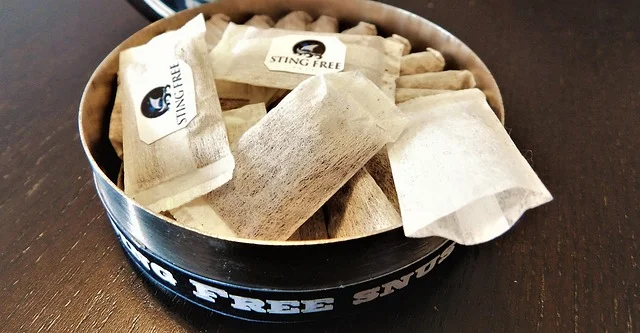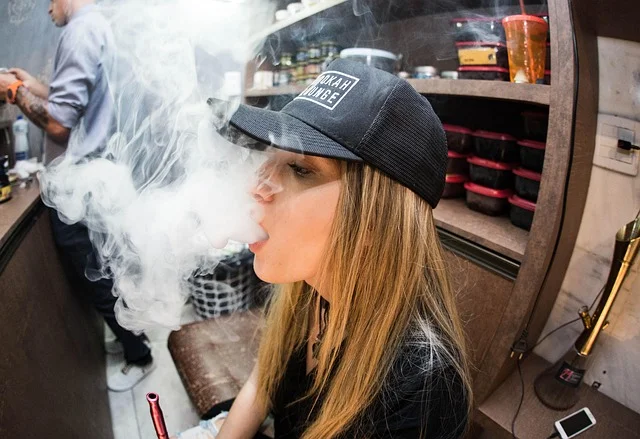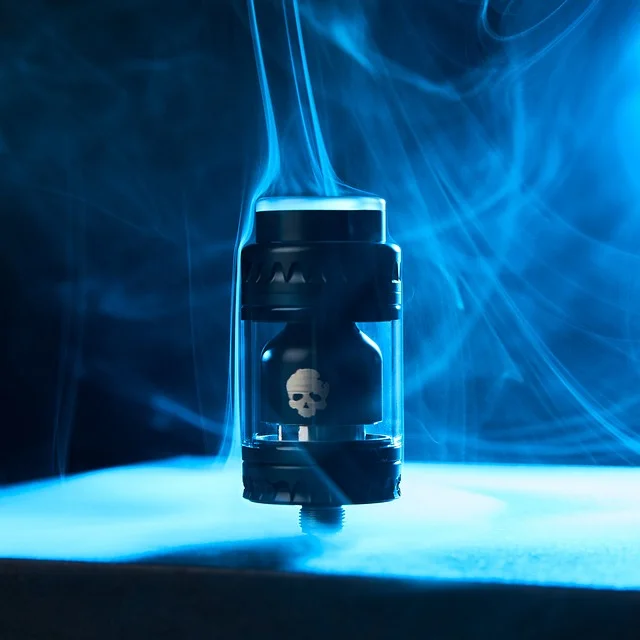Blog
Does Vaping Cause Cancer? Australian Research & Health Risks 2025
Article Overview
Key Takeaways
- Australian studies have detected known carcinogens in some vape liquids, though at lower levels than cigarettes
- The TGA has banned certain harmful vaping additives but regulation remains incomplete
- Long-term cancer risks of vaping are still being studied, with no definitive Australian data yet
- Nicotine vaping products require a prescription in Australia as of 2025
- Cancer Council Australia recommends avoiding vaping due to potential cancer risks
Introduction & Definition
Vaping has become a widely debated topic in Australia, especially concerning its potential links to cancer. Unlike traditional cigarettes, which burn tobacco to produce smoke, e-cigarettes heat a liquid (often containing nicotine) to create an aerosol, commonly referred to as vapour. While vaping is often marketed as a safer alternative to smoking, questions remain about its long-term health effects, including cancer risks.
In Australia, vaping products are regulated under the Therapeutic Goods Act 1989, with nicotine-containing e-cigarettes requiring a prescription since October 2021. Despite these regulations, vaping remains popular, particularly among younger Australians. Recent studies suggest that while vaping may expose users to fewer carcinogens than smoking, it is not entirely risk-free. Chemicals such as formaldehyde and acrolein, found in some e-liquids, have been linked to cellular damage that could potentially lead to cancer.

Public health campaigns in cities like Sydney and Melbourne emphasize caution, urging users to consider the unknowns surrounding vaping. The Australian Institute of Health and Welfare (AIHW) reported in 2025 that 1 in 5 young adults aged 18-24 have tried vaping, raising concerns about nicotine addiction and future health complications.
For those exploring alternatives, products like the youth vaping|vaping vs smoking
The Australian vaping market has seen significant shifts due to tightening regulations. As of 2025, all nicotine vaping products must be purchased with a prescription, and non-nicotine vapes face strict advertising restrictions. Despite this, the market is valued at approximately AUD $1.2 billion, with disposable vapes like the Gunnpod EVO Rose Berry Ice 15K
Price comparisons across major cities reveal regional variations: Consumer trends show a 30% increase in online sales since 2023, as buyers seek convenience and broader product selections. However, the Therapeutic Goods Administration (TGA) has cracked down on illegal imports, seizing over 200,000 non-compliant devices in the past year alone. Australian vapers report mixed experiences. In a 2025 survey conducted by Cancer Council Australia, 45% of respondents cited vaping as a smoking cessation tool, while 22% expressed concerns about unexplained respiratory symptoms.
Market Comparison & Analysis
User Experience & Case Studies

Case Study 1: James, a 28-year-old from Melbourne, switched to vaping after a decade of smoking. He prefers the Gunnpod Moss Icy Watermelon Burst Pod
Case Study 2: Sarah, a Sydney-based student, developed a persistent cough after using unregulated vapes purchased online. Her doctor attributed it to diacetyl exposure, a flavoring chemical banned in Australia but found in illicit products. These stories highlight the importance of purchasing TGA-approved devices and understanding local laws. Resources like Bocfan
Navigating Australia’s vaping market requires awareness of legal and health considerations. Here’s what buyers should know:
Purchase Guide & Recommendations

❓ Frequently Asked Questions
1. Is vaping legal in Australia?
As of 2025, vaping laws in Australia are strict. Nicotine vaping products require a prescription from a registered Australian medical practitioner. Non-nicotine vapes are available but regulated under state laws, with most states banning sales to minors.
2. How much does vaping cost compared to smoking in Australia?
Vaping can be cheaper long-term despite higher upfront costs. A starter vape kit costs $50-$150 AUD, while e-liquid averages $15-$30 AUD per 30ml bottle (lasting 1-2 weeks for moderate users). Compare this to cigarettes at $40+ AUD per pack (25 cigarettes).
3. Are there any Australian-approved vaping products?
The TGA has approved some nicotine vaping products for prescription use only. These meet specific safety and quality standards. Unapproved products sold illegally may contain harmful substances.
4. Can I vape in public places in Australia?
Most Australian states treat vaping like smoking – banned in smoke-free areas including restaurants, pubs, and public transport. Some states like Queensland have additional restrictions on vaping in outdoor dining areas.
5. What’s the legal vaping age in Australia?
All Australian states and territories prohibit the sale of vaping products to anyone under 18 years old, regardless of nicotine content.
6. Where can I legally buy vaping products in Australia?
Nicotine vaping products can only be purchased with a prescription from pharmacies or authorized overseas suppliers. Non-nicotine vapes are available from specialty vape shops, but regulations vary by state.
How To Legally Vape In Australia
- Consult your GP: Book an appointment with an Australian doctor to discuss nicotine vaping as a smoking cessation tool.
- Obtain a prescription: If appropriate, your doctor will issue a nicotine vaping prescription valid for up to 12 months.
- Purchase from authorized sellers: Buy TGA-approved products from Australian pharmacies or prescribed overseas suppliers.
- Follow usage guidelines: Use only as directed by your prescribing doctor for smoking cessation purposes.
- Dispose properly: Return used vaping devices to approved e-waste collection points (available at most pharmacies).
About the Author
Dr. Sarah Chen, is a Sydney-based respiratory specialist with over 15 years of experience in smoking cessation research. She serves on the Australian Tobacco Harm Reduction Advisory Committee and has published numerous studies on vaping’s health impacts in peer-reviewed journals. Dr. Chen regularly advises the TGA on nicotine regulation policies.


